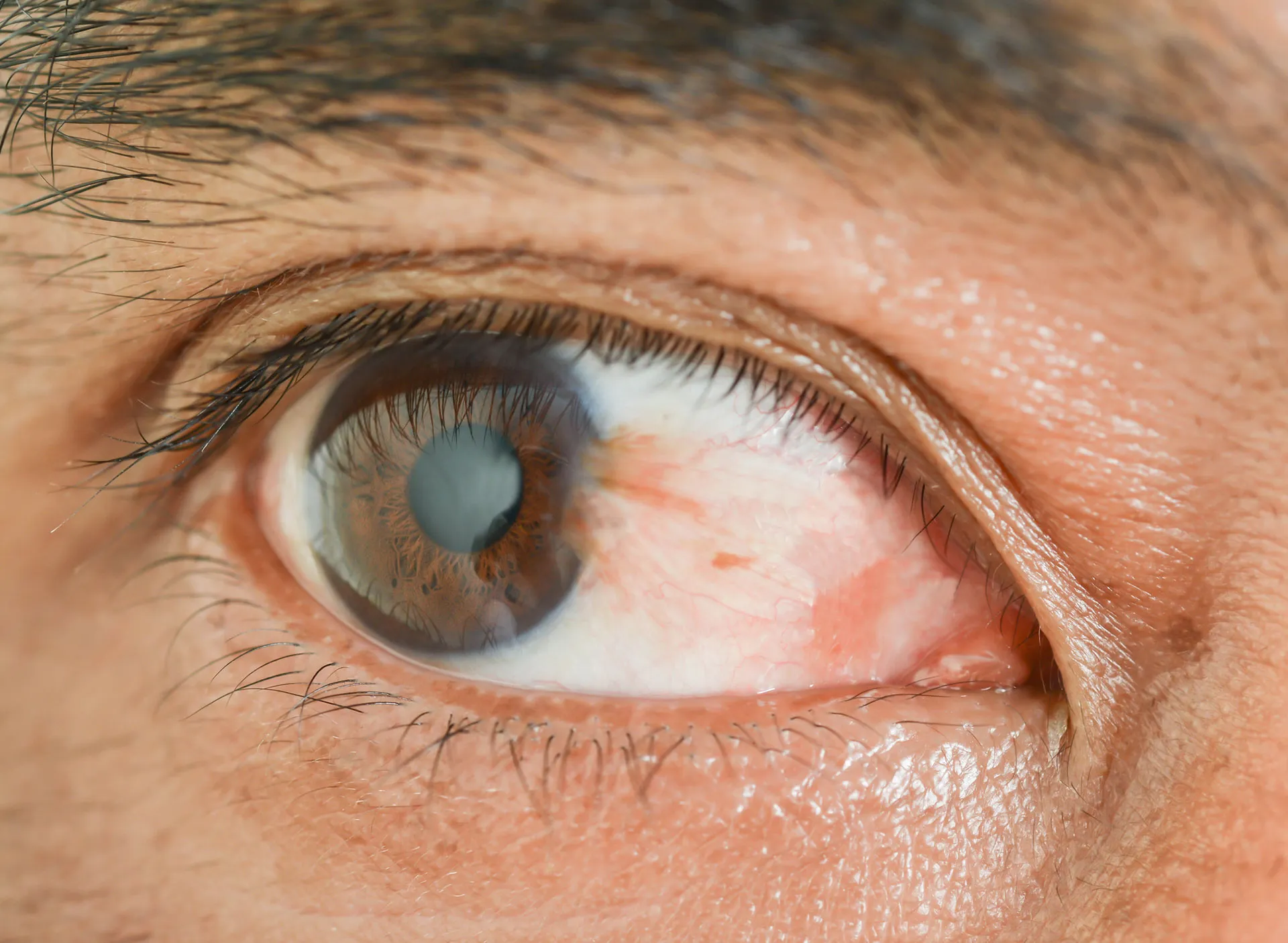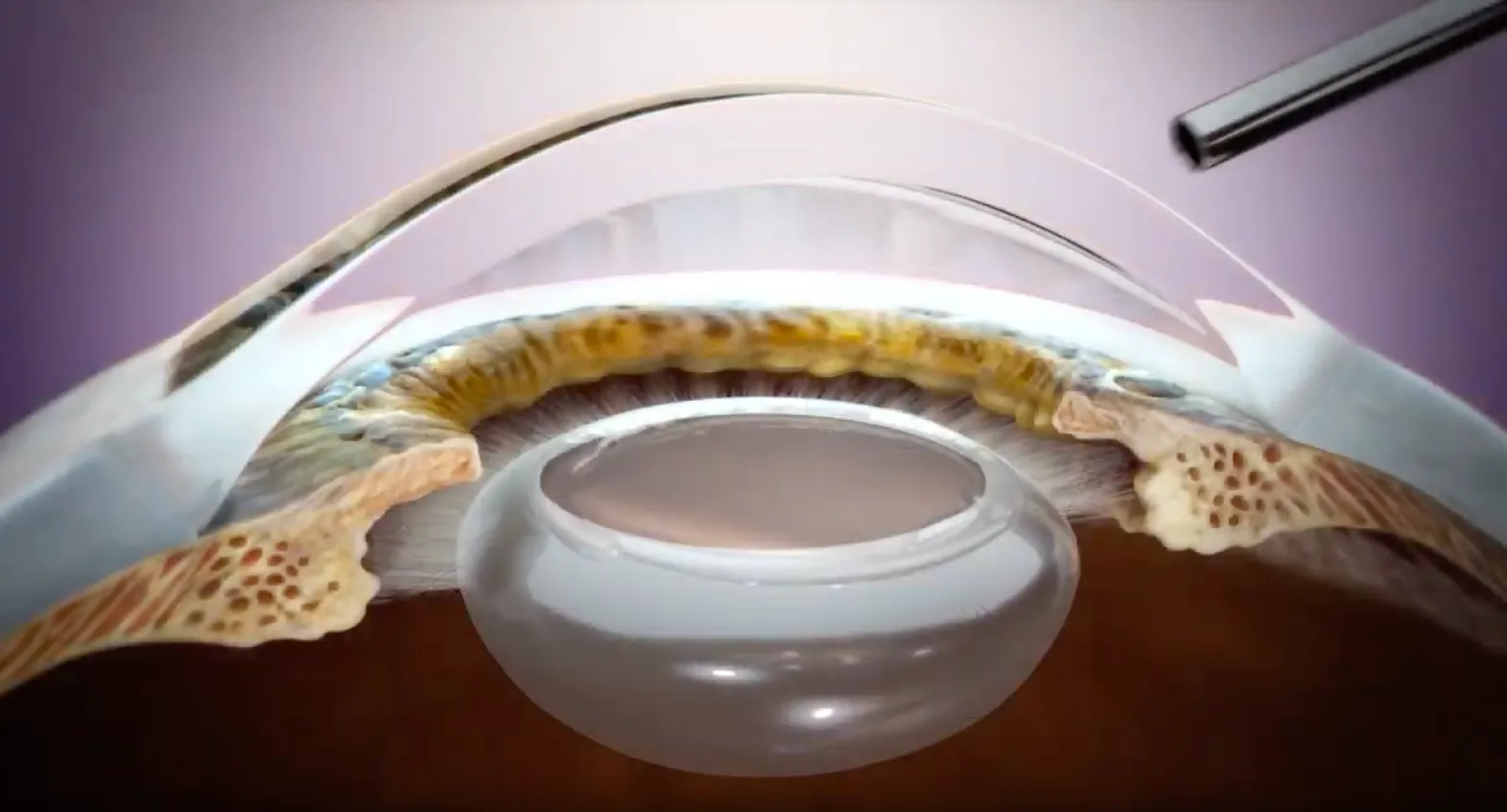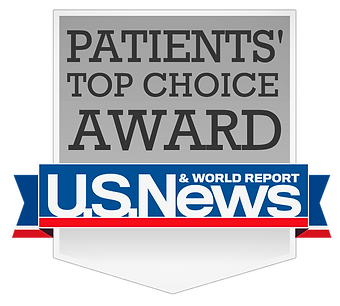Complex Eye Procedures
We welcome referrals and chart reviews from optometrists and ophthalmologists for cataracts and related complex ocular procedures, intricate anterior segment reconstructive surgeries, and other complicated eye surgeries.
Our skilled team has experience with procedures such as:
1.) Intraocular lens (IOL) exchange:
Although it is rarely necessary, the IOL can be removed and replaced. The most common reason for replacement would be that the power is incorrect, despite all of the preliminary calculations. Another encountered reason would be if the IOL shifts out of position inside the eye.
2.) Secondary IOL implantation
Cataract surgery is safe with a high success rate. A rare complication occurs if the IOL lacks stable support. In such cases, a second procedure is required to implant the lens in an alternative way.
3.) Reposition of dislocated IOL
OL dislocation is a rare complication of cataract surgery, where the lens moves out of place. Common symptoms include vision changes, double vision, or seeing the lens implant’s edge.
IOL dislocation can occur days to years after surgery due to trauma, surgical factors, or eye diseases. With prompt surgery, most patients with IOL dislocation achieve good visual outcomes.
4.) Iris reconstruction
Iris tears can occur as result of ocular trauma, intraocular surgery, or can be a defect at birth. A torn iris can cause blurred vision and glare that affects your daily activities. In some cases, it is possible to repair a torn iris under an operating microscope using a very fine suture material.
5.) Pterygium Surgery
Pterygium, or “surfer’s eye,” is a noncancerous, wing-shaped growth on the eye’s surface, easily treatable but may recur.
What Causes Pterygium?
Pterygium is caused by sun and UV exposure, affecting those who work outdoors, spend time outside, or live in southern areas.
Pterygium symptoms:
- Redness and swollen conjunctiva
- Yellow spot or bump on the white of your eye
- Dry, burning eyes
- Blurred vision
Treatment Options:
- Lubricant eye drops
- Non-steroidal eye drops
- Wearing sunglasses
Pterygium Treatment
In many cases pterygium does not need treatment. However if your eyes feel uncomfortable or your vision is affected, you may need treatment.
Pterygium Surgery
Although many people with pterygium never require treatment, surgery may be recommended in certain cases. Pterygium that causes great discomfort and inflammation, becomes unsightly, or threatens to impair vision should be surgically removed.
Pterygium surgery is done under local anesthesia. During surgery, Dr. Romero will peel away the pterygium, and cover the area exposed with an amniotic membrane graft, or an autograft.

Recovery
You may need to wear an eye patch after surgery for one to two days. Most people return to work and normal activities a few days after surgery. Many people experience some soreness and redness a couple of weeks following complex eye procedures, but the eye will return to normal within 3 weeks.
Get in Touch
For details on Complex Eye procedures, fill out our contact form or call us to schedule a consultation today.








